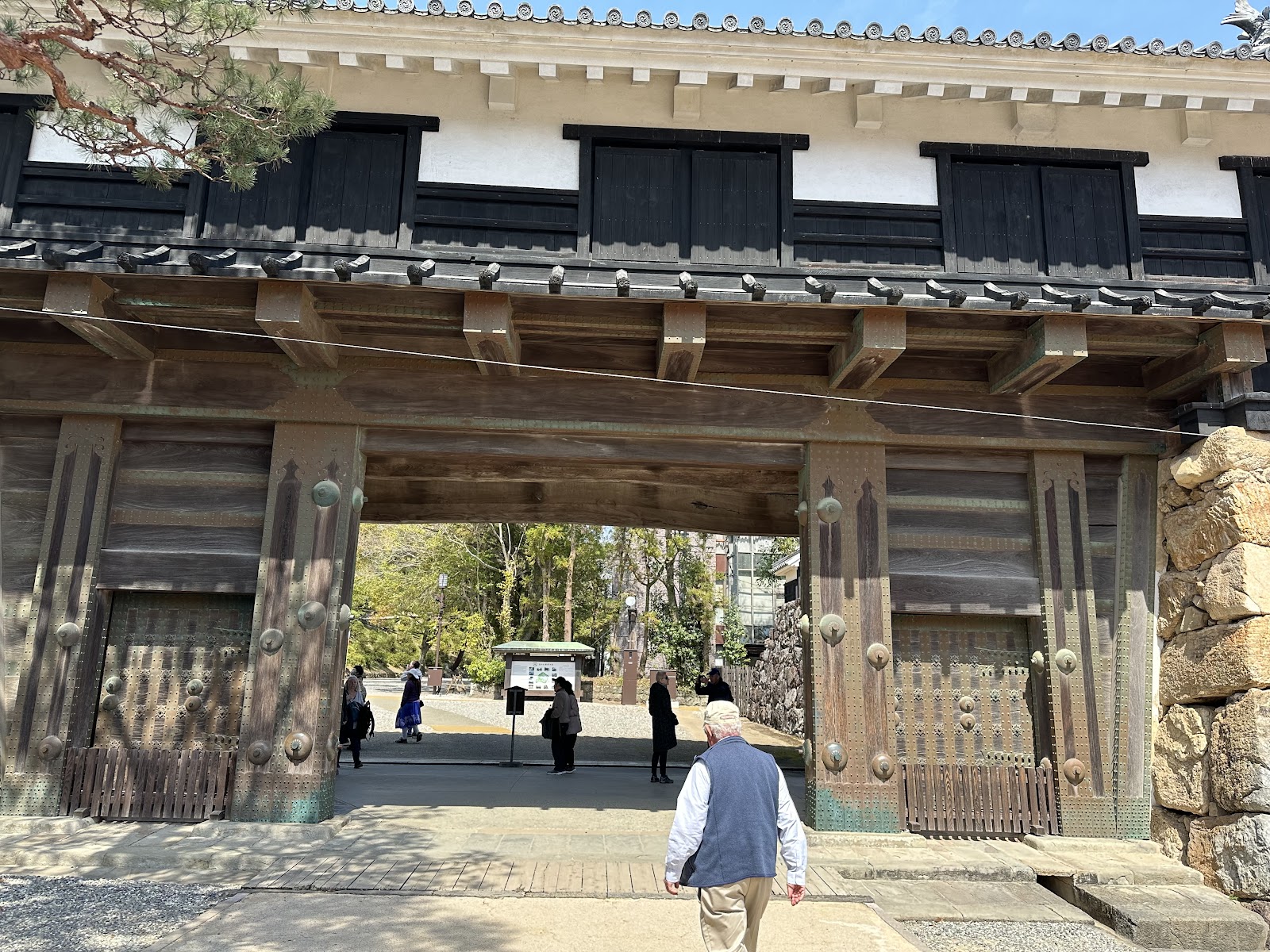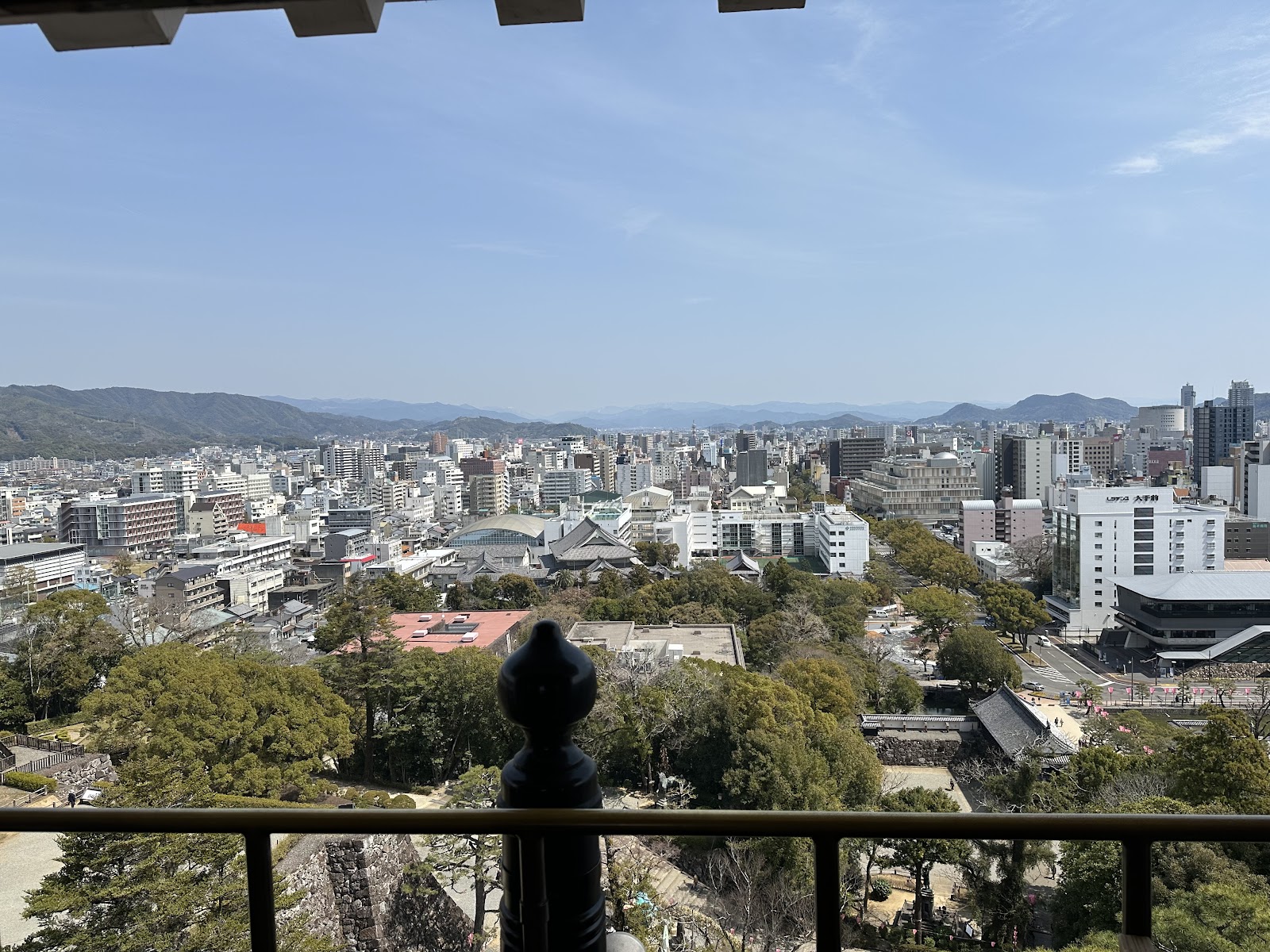Nagasaki, Japan
March 24, 2024 was a very rainy day in Nagasaki. Under the gloomy skies that morning, Gym and his dear companion left the ship to explore Nagasaki. Maybe this was appropriate for Gym's visit to the first of only two cities in the world, that had been devastated by nuclear attack. Looking out the window on that weekday morning though, it didn't look like the population was at all glum. They were scurrying about finishing their commutes and rushing to meetings without a thought about what happened almost 80 years ago.
Nagasaki is today, and has been for centuries, an important trading centre, heavy equipment manufacturer and shipbuilding location. There are about 400,000 inhabitants of the city today, living and working on the hills rising up out of the harbour. Interestingly, because of its long connection to Europeans, Nagasaki has a relatively large number of Christians in its population.
The Portuguese were the first western power to come to Japan in 1543. They traded to Nagasaki via Goa, India. Everything went well until 1639, during the Edo period, when the Tokugawa Shogunate decided to isolate Japan by shutting it down to foreigners and hoping that would curb the spread of Christianity. This isolationist policy lasted over 200 years. During this period, Japan still wanted western goods, they could not shut down trade, so they continued to welcome the European ships but did not let the foreigners roam around Japan unchecked. The European boat captains and traders were only allowed on a small island in Nagasaki harbour called Dejima Island. This island which today, is being re-constructed to its 17th century resemblance, was the first stop of bus tour that day. In the pouring rain, Gym et al crossed the bridge to Dejima Island and viewed all the trading post's infrastructure as it appeared in the 17th Century.
Then it was time to leave the harbour and drive up to the hill to the Nagasaki Atomic Bomb Museum. The Museum was well laid out and the exhibits were detailed enough to understand what it was like to be there when the plutonium bomb, nicknamed "Fat Man", exploded 500 meters above the ground. It was a very sobering experience for Gym and his dear wife.
After entering the museum from the top, they exited from the bottom and made their way to the Nagasaki Peace Park. At the lowest point in the park a plaque sits beside the monolith that marks the hypocenter of the explosion. It reads, "At 11:02 on August 9, 1945, an atomic bomb exploded 500 meters above this spot". In total, 150,000 people were killed or horribly injured by the blast. The upper part of The Peace Park includes the massive Fountain of Peace and the Peace Sculpture, by an artist from the Nagasaki Prefecture. There are also many fine works of art there, donated by sister cities and many countries from around the world.
That night the Riviera sailed out of Japanese waters. Gym and his lovely sidekick were to visit Busan, South Korea the next day.
Cherry Blossom Report:
0-for-5
pics are coming soon.....
















































